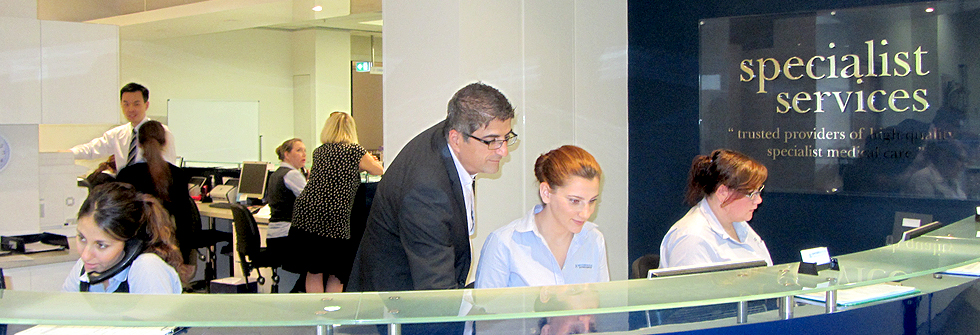The Gall bladder is an organ that is small in size. It contains bile juice, a fluid used in digestion to break down fats in the diet. This organ removes water from bile juice and makes it highly concentrated. Dietary fats cause gall bladder to emit concentrated bile juice into small intestines.
Gall stones exist as a product of cholesterol and scientifically known as Biliary Calculi. In addition, other products that contribute to the making of these small stones are bile pigment and calcium salts. The mixture containing the three Components is formed inside the gall bladder.
When excess crystallization of excess cholesterol within bile juice occurs, coupled with a total inability of emptying of the gallbladder, it results in the formation of gall stones. The latter is barely harmful in most cases. However, when they block ducts and cause pancreatitis (an inflamed pancreas) and other infections, they should be given prompt medical attention.
Approximately 80% of persons exuding gallstones symptoms require surgery. This may involve Cholecystectomy (complete removal of gall bladder) or extraction of gallstones from bile ducts.
Techniques Used in Removing Gall Bladder
Laparoscopic Cholecystectomy
This is a surgical procedure that involves making of small incisions into the skin to allow the surgeon access into the interior of small intestines. The surgeon extracts the gallbladder by reaching a wider abdominal cut through laparotomy (open surgery). The latter is done to persons with bleeding disorder and that are suffering scarring from previous surgeries.
Laparoscopic (key hole) extraction of gall bladder was among pioneer procedures utilizing techniques of laparoscopic surgical since 1993 in countries such as Australia, with numerous procedures being designed thereafter. This then became the standard method in extracting gall bladder attributed to it resulting in short hospital stay. The fast recovery to enable normal functioning is a consequence of small incisions carried out in the procedure hence its advantage over other techniques.
Dr El-Khoury will discuss the operation detailing the indications, the risks and the benefits of the surgery and will also supplement his discussions with the Royal Australasian College of Surgeons information on the surgery.



